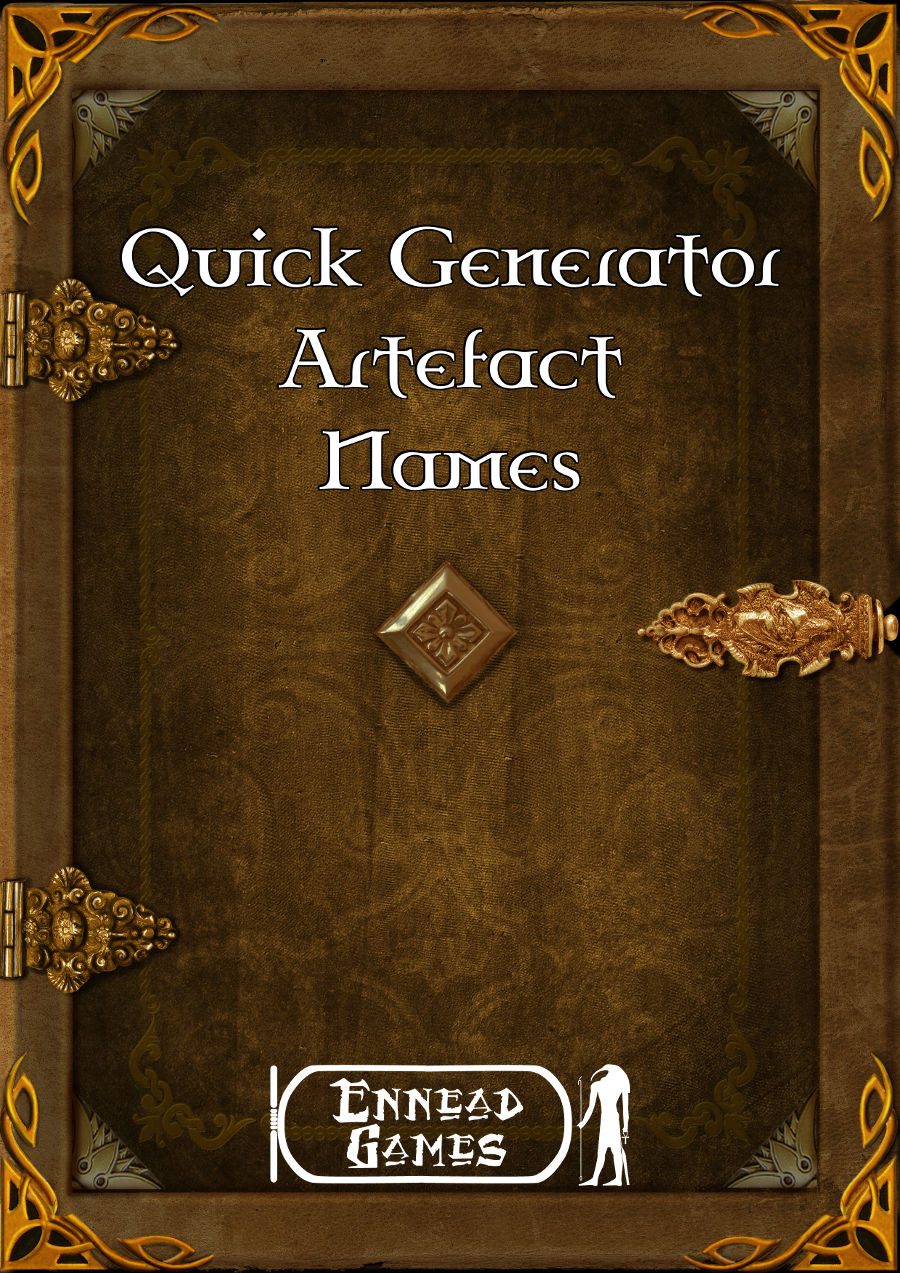
Elf or Scroll: Handling the Info dump
Phil Nicholls blogs at Tales of a GM, where he writes about narrative gaming, faster prep and more story. He is currently running a HeroQuest Glorantha campaign in a home-brew setting. Phil has written for Johnn Four’s Roleplaying Tips newsletter and has a selection of self-published pdfs.
This essay is taken from the archives at Tales of a GM. http://talesofagm.com/
One of the main tasks of the GM is to impart information to the Players. Environment, setting and historical details are only known to the Players, and thereby become relevant at the table, if the GM actually passes this information along to the Players.
Yet, there are many methods for the GM to impart this knowledge. The aim of this article is to look at some of the ways the GM can relay this information.
The Box Text
The classic method to pass along information is by reading out the box text printed in a scenario. This Gygaxian method is as old as the hobby. The classic modules for D&D feature a paragraph of text to be read out by the GM ahead of each encounter.
If you are playing an OSR game, then you may want to reprieve this method of informing your Players. However, this can be a passive method of delivery, as the Players are just listening as the GM reads aloud. Some GMs prefer to summarize the box text, and just read out the highlights.
The Elf
A more interactive method is to have the required information presented to the Players by a GMC.
The suitability of this technique will vary with context. There is unlikely to be a suitable guide available to narrate many of the old-school room box texts describing decor details. However, for broader background and history information, it can be appropriate to present the Players with a GMC who has the knowledge they seek. The GM can then sit back and enjoy the dialogue as the Players try to tease out the necessary information.
Using a GMC to present information allows for distortion of the story through a selective memory or just a personal agenda. This is not for the GM to manipulate the Players, rather the agenda of the GMC should be evident to those Players paying close attention. Where a GMC is presenting the Players with only parts of the true story, it is good practice to have a second GMC available with another version of events.
In this way, you provide the Players all the information they need. By presenting two versions of the facts, you give the Players a chance to make choices, to think about what they have been told and to pick apart the untruths. You give the Players a chance to be clever, and they will thank you for the opportunity.
When using a GMC to present information to the Players, be sure to make the conversation a dialogue. Simply having a GMC orate vast swathes of history at the Heroes is no different from the GM reading a block of text. Aim for creating a dialogue with the Players. Intend to give the Players all the knowledge they seek, but require frequent questions to tease out the full story. Once again, this will help the Players to feel clever as they “persuade” a reluctant GMC to tell them what they need to know.
Nicknames as Hooks
Having resolved to present background knowledge to the Players through a GMC, the next trick is to ensure the Players can find the right GMC. One option is just to allow whoever the Players ask to have the desired knowledge, but this may not always feel right. A local shrine to the God of Knowledge can work in urban games, or simply a visit to the local University in a modern setting.
These are good options, but for a truly memorable experience you might be better creating a flavourful character with the right knowledge. To help the Players find who they seek, a good nickname can show specialist knowledge.
Ageing warriors can have nicknames given to them as a result of past deeds. Rather than having historic events happen in the long-forgotten past, you can have GMCs who were actually there. Such veterans have the nickname, and scars, to show for their participation in past glories.
As so many fantasy races have extended life spans, then the amount of history with living first-hand witnesses grows accordingly. Not only do the existence of historical nicknames suggest a vivid history to the setting, they act as clues for clever Players who want to learn more about a specific event.
For example, first the Players meet an ageing warrior called Hethin Gate Keeper. Later, they are researching the history of the local fortress and hear the story of a lone warrior who held the gates against a goblin horde 30 years ago. Astute Players will link the two clues together, return to Hethin and question him further about the fate of the Fort Commander’s sword which was lost in the battle.
The Presentation of Ancient History
It is possible to extend this idea even further. If your game features Planar races, or other immortals, then the GM could conjure up an individual who was present at any pivotal event in the history of the setting.
For example, it is far more interactive to have a conversation with a fae warrior who was present at the First Conclave of the Gods. The fae may demand an additional service for the information. This gives the GM further opportunity to add extra quests or personal agendas into the game.
The Scroll
Another method of presenting information is through a Player handout. These can be time-consuming to produce, but the availability of fantasy fonts now means a handout need not be hand-written. This option is a good choice for lengthy or complex information, especially if it is something the Players will want to refer back to many times.
Despite Player assumptions, there is no reason to suppose that a handout is any more unbiased than the information from a GMC. Writers of historical texts can be just as biased as any other eyewitness. There should be clues in the text for astute Players to uncover. Or perhaps a second, conflicting document appears, leading to further investigation by the Heroes.
It is probably more fun for the Players to have two, or more, conflicting documents. This allows them plenty of opportunity to debate the merits of each source, and engage in further research. Do not allow analysis paralysis to grind the game to a halt, but it can be interesting to give the Players choices about which source to believe, and which to ignore.
Using the Players
One variant on the handout is to give one Player a text and ask them to read it to the group. Not only does this give your voice a rest, but it also changes the rhythm of the session by having another Player act a temporary GM as they read. I like to use this technique for “bardic knowledge”-style information, where one Hero is effectively lecturing the others with their knowledge.
Conclusion
Vary the pace of your game by using different methods of presenting information to your Players. You may find one method easier, but be sure to use the others to add variety to the game.
So, how do you manage the dreaded “info dump”? Do you prefer the elf option, or the scroll? Does the box text still work for your game? Share your experiences in the comments section below.
Happy Gaming
Phil
For more essays from Phil, and updates about his latest campaign, visit Tales of a GM.



